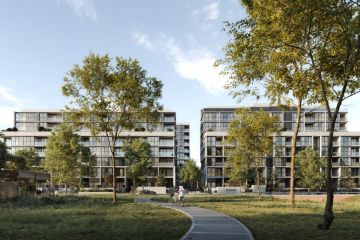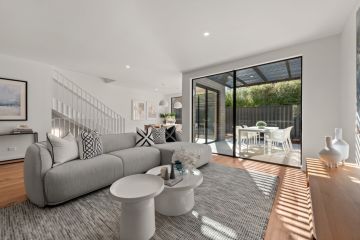Buying a house in a flood or bushfire-prone area, under a flight path, beside a train line or busy road? Here's what to consider
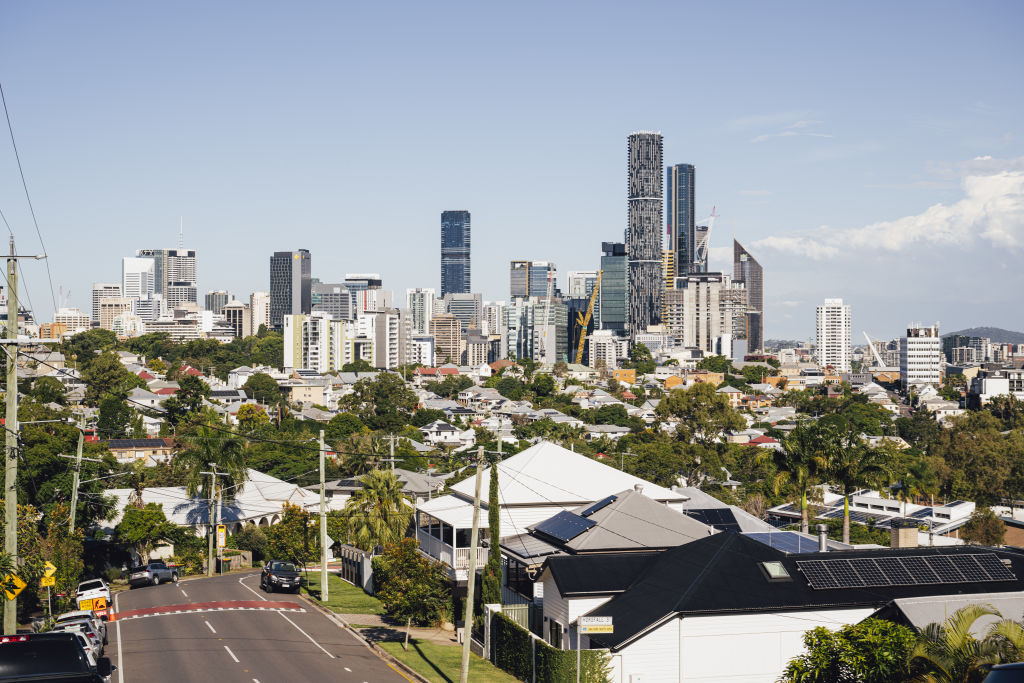
When it comes to dealbreakers for Brisbane buyer’s agent Lauren Jones, flood zones are at the very top of her list. Asked if she would entertain the purchase of a flood-affected property, her answer is succinct.
“Never.”
Despite Jones’ aversion to these properties, homes in flood-affected areas regularly change hands, as do those at risk of bush fire, under flight paths, next to train lines and on busy roads.
This begs the question: Can you save money buying in these generally unfavourable locations, and is it worth it?
Buying a house on a busy road
Unfavourably located homes can undoubtedly appear more affordable. Regarding busy roads, where the negatives include noise, traffic, air pollution and lack of parking, Jones estimates prices can be up to 20 per cent cheaper than an equivalent home on a quiet street.
On the flipside, while sound waves generated by planes regularly hijack conversations in homes directly under flight paths, there’s no noticeable impact on property values.
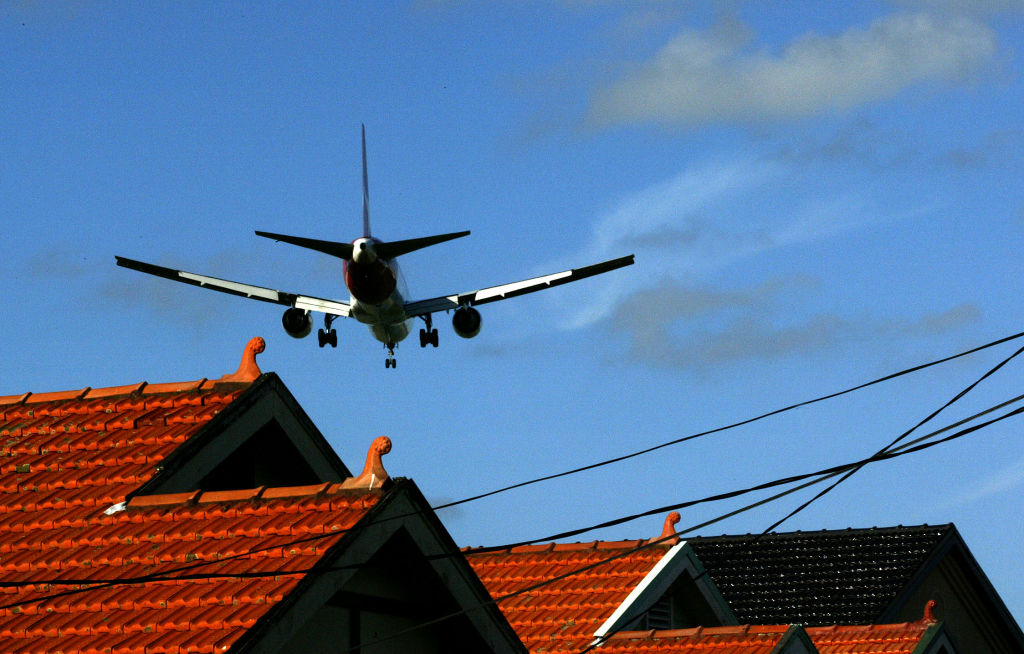
A long-running study commissioned by the Brisbane Airport Corporation found that suburbs under the existing runway flight paths and within the inner-city and middle-ring locations of Brisbane still show higher average annual capital returns compared to other less well-located suburbs of Brisbane.
“Most of your most desirable locations in Brisbane are under a flight path, so flight paths don’t tend to faze people,” says Jones.
When it comes to train lines, there’s a fine line between paying a premium for being close to the station and losing value for being so close you can almost touch the train from your back window.
“I think the pro of being close to a train line can sometimes outdo the con of the noise,” says Jones.
Units tend to hold their value, while houses backing onto a train line might sell for a small discount.
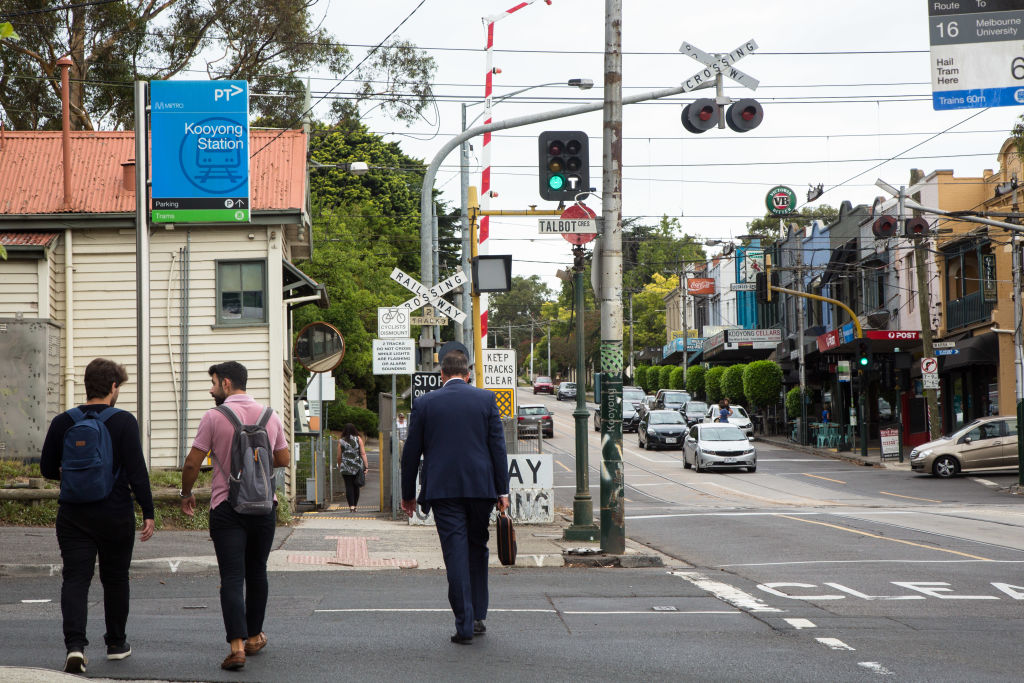
Why buying a house in a bushfire or flood-prone area may not be worth it
Homes in flood and fire zones present more risks and bigger discounts.
Domain’s 2024 Perils Report revealed that with every increase in the bushfire rating of a property, its value decreases by 2 per cent, and for every percentage point increase in the risk of a 50-centimetre flood, a property’s value drops by 0.8 per cent.
When Jones starts working with a new client, she asks them for their non-negotiables. She reports a 100 per cent strike rate for flooding.
“The obvious main reason is damage to your property and damage to your belongings,” she says. “The second main reason is insurance. I’ve got a friend living on a waterfront property in Brisbane that floods, and his insurance bill comes in at $37,000 per year.
“And then the third main reason would be resale value. You’re going to lose potentially 70 per cent of your buyer pool if the property is flood affected. And in order to get the most capital growth, you want as many buyers competing over your property as possible.”
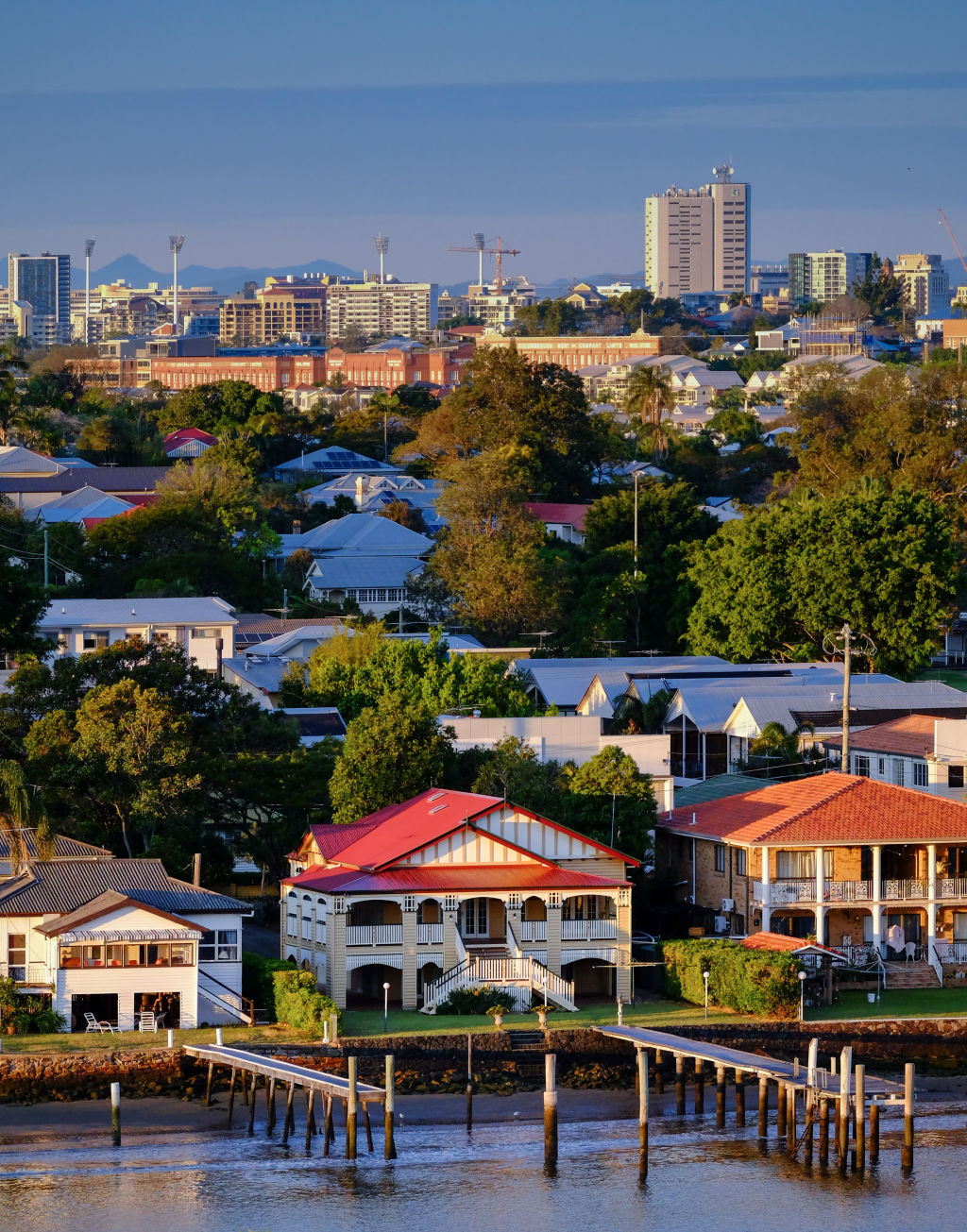
Karl Mallon, chief executive of Climate Risk, says all buyers need to think about climate change now.
This means considering how much they’re prepared to pay for insurance, and whether there’s room in the budget for upgrading a property to cope with more extreme hazards.
“They should be asking themselves, ‘Will insurance be available at an affordable price for the life of my mortgage? Are all of the relevant hazards covered by insurance?’” he says, noting there’s a good chance that actions of the sea and subsidence may not be covered.
Home owners also need to consider how climate change will affect the value of their property when it comes time to sell.
“Will the new buyer be able to get a mortgage?” Mallon says. “Or might banks refuse to lend on this property in the future?”
How can I spot red flags before buying or mitigate problems?
Regarding homes that might be affected by flood or fire, Mallon says buyers need to do their due diligence before they buy, and develop an increased awareness of the building standards required for homes in high-risk areas.
“Find out if the house is in a flood zone, not just the one-in-100-year zone, but check the one-in-500, and one-in-1000-year zones,” says Mallon. “Climate is making these rare events more likely.”
If you’re considering buying in a flood zone, a home on stilts is a good option.
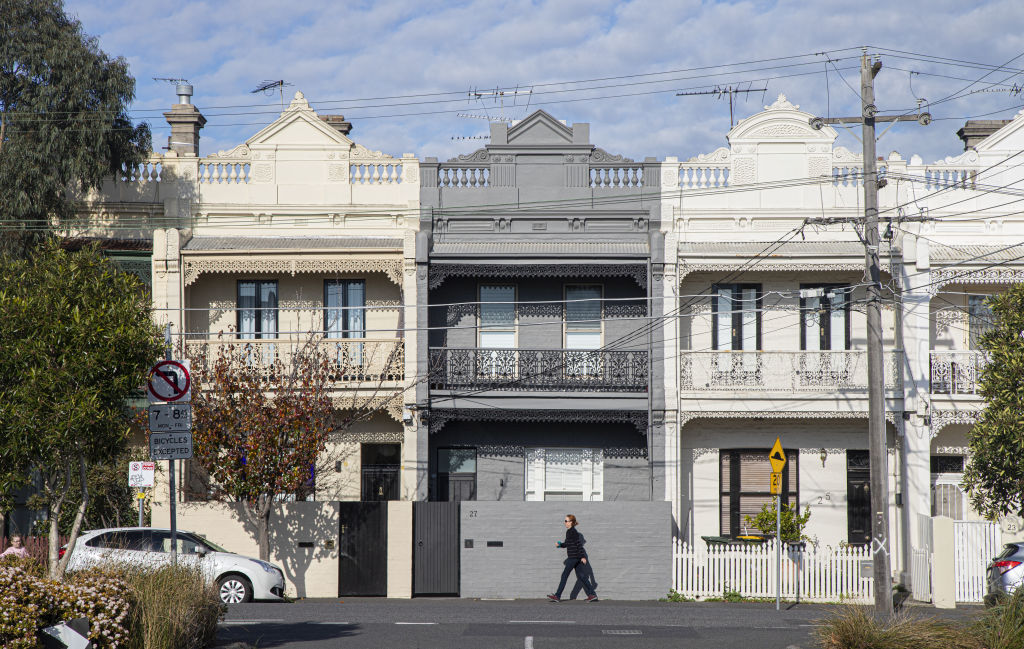
Homes or land close to bushland or forest will have a Bushfire Attack Level (BAL) rating to help you understand their potential exposure to fire events and the requirements for building in these areas.
Climate Risk offers free site checks at climatevaluation.com and more detailed paid reports on the impacts of these risks on the future value and insurability of individual properties.
On the noise front, it’s very difficult and expensive to eliminate sound completely. But there are ways to reduce noise to more acceptable levels, says Action Soundproofing director Jan Munzar.
“In many cases the most cost-effective and performance-based solution [for brick homes] is to install secondary glazing,” he says. “There’s a variety of different products out there on the market, single-glazed, double-glazed, secondary glazing systems, that are still relatively affordable.”
Installing acoustically rated door seals can also make a significant difference.
“We can reduce noise through the front or back door by quite high margins,” says Munzar.
For homes under a flight path or below the level of a busy road, Munzar recommends installing acoustically rated roof treatments such as a viscoelastic membrane, which will absorb sound vibrations.
We recommend
States
Capital Cities
Capital Cities - Rentals
Popular Areas
Allhomes
More


/http%3A%2F%2Fprod.static9.net.au%2Ffs%2F3db915b4-b3bb-400a-84e7-ec1427628200)






